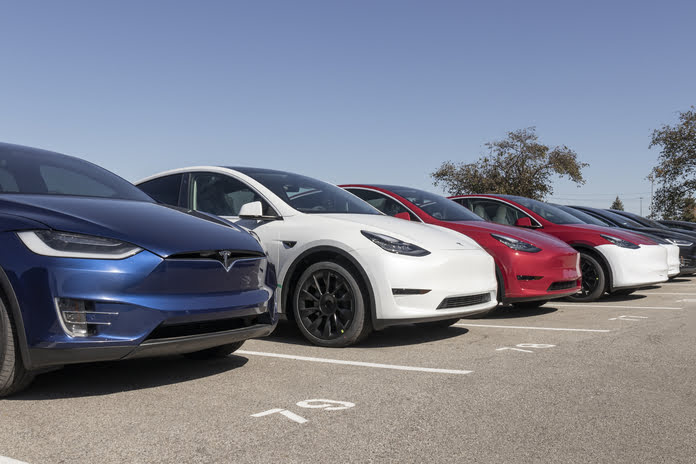In June, prices for both new and used automobiles reached an all-time high. The bad news for potential purchasers is that this trend of escalating costs shows no indications of abating. According to Kelley Blue Book, the average price of a new car sold in the United States was slightly over $48,000, a record high. Despite a modest decline from their May peak, the average price of a used vehicle remains just around $28,000.
The chronic supply chain issues that have slowed deliveries for several automakers, including General Motors (NYSE:GM), Ford (NYSE:F), Stallantis (NYSE:STLA), Toyota (NYSE:TM), and others, are the primary source of the increased sticker costs for automobiles, particularly new automobiles. For instance, at the beginning of July, GM(NYSE:GM) reported that roughly 100,000 vehicles were waiting for components before they could be distributed to dealers.
The manufacturer noted that GM’s second-quarter wholesale car volumes were adversely affected by the continued semiconductor supply constraint and other supply chain interruptions, particularly in June. Consequently, GM (NYSE:GM) will retain about 95,000 vehicles constructed without specific components in company inventory until they are completed and will generate revenue when they are sold to dealers, which is to hold in the second half of 2022.
Automobile’s Analyst Report
According to Adam Jonas, an analyst at Morgan Stanley, July showed no signs of improvement, indicating that these predicted deliveries will likely occur later in the second half of 2022 instead of immediately. Automobiles are in a world of their own in terms of pricing power for one reason: dealers don’t have cars, he told clients. The situation did not improve in July.
According to Jonas’s analysis, GM’s day’s supply is 39, Ford’s is 40, and Stellantis’s is 45, which are all significantly higher than 2021 levels. According to Morgan Stanley’s analysis, the industry average for July was expected to be twenty-four days. Jonas remarked that the long delivery times contribute to the inflation problems that have affected many of their prospective customers, who are now less able to withstand the consistent price hikes. Jonas updated his findings on battery electric car market share elsewhere. He expressed that he observed that Tesla (NASDAQ:TSLA) had lost EV market share, with 61%/compared to 68% last year. Among legacy OEs, Ford delivered the most number of BEVs in July, with a total of 7,669 Mach-E, F-150 Lighting, and E-Transit vehicles.
Despite Tesla’s (NASDAQ:TSLA) continued dominance in BEV sales, non-Tesla sales increased by more than 90 % over the previous year, according to the data. Nevertheless, Tesla’s domestic market share climbed by approximately 1.3% from 2021.
Featured Image: Megapixl @Jetcityimage















